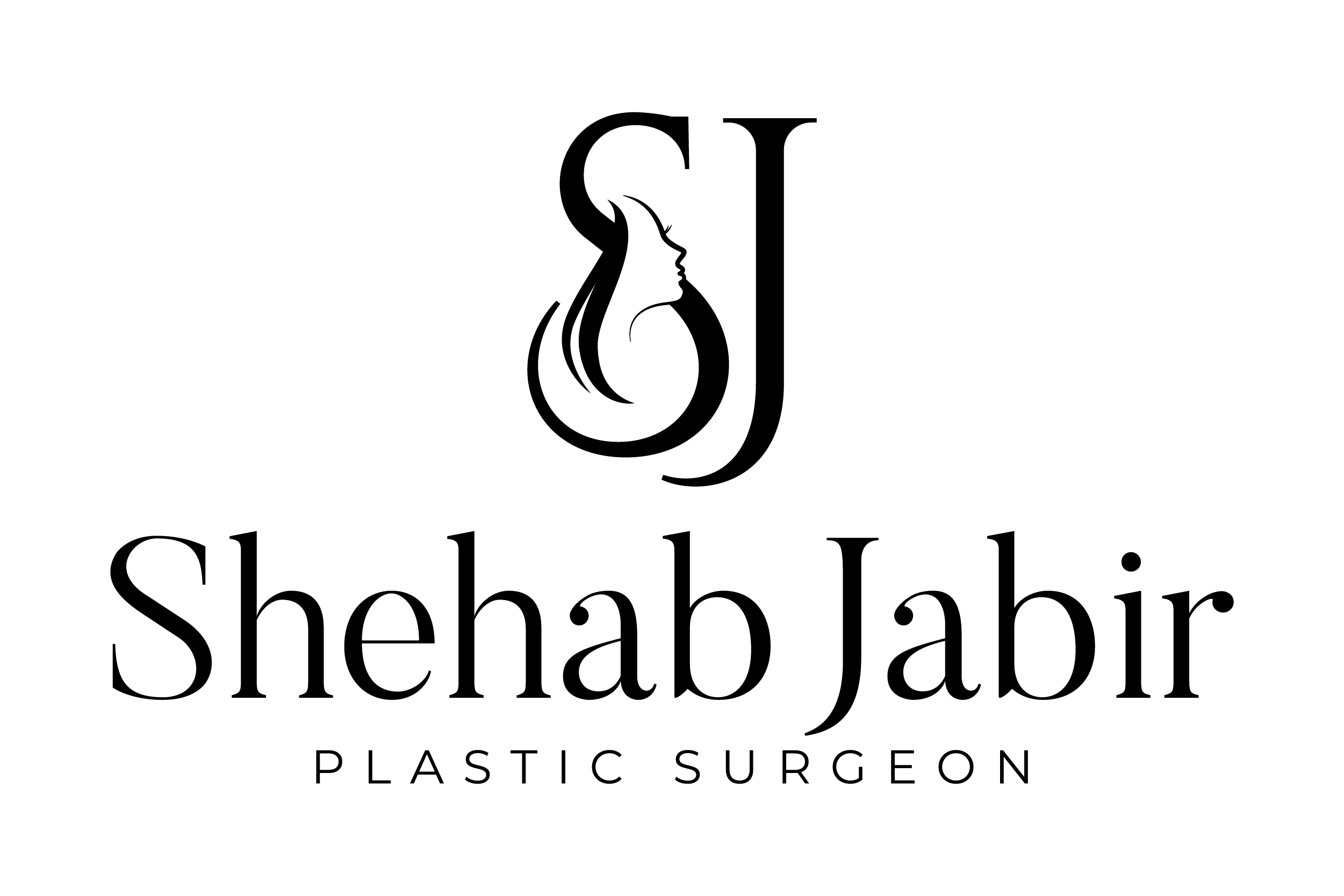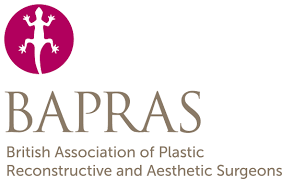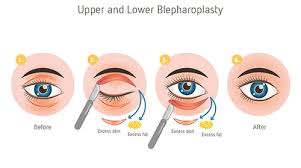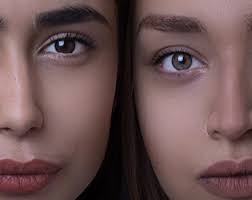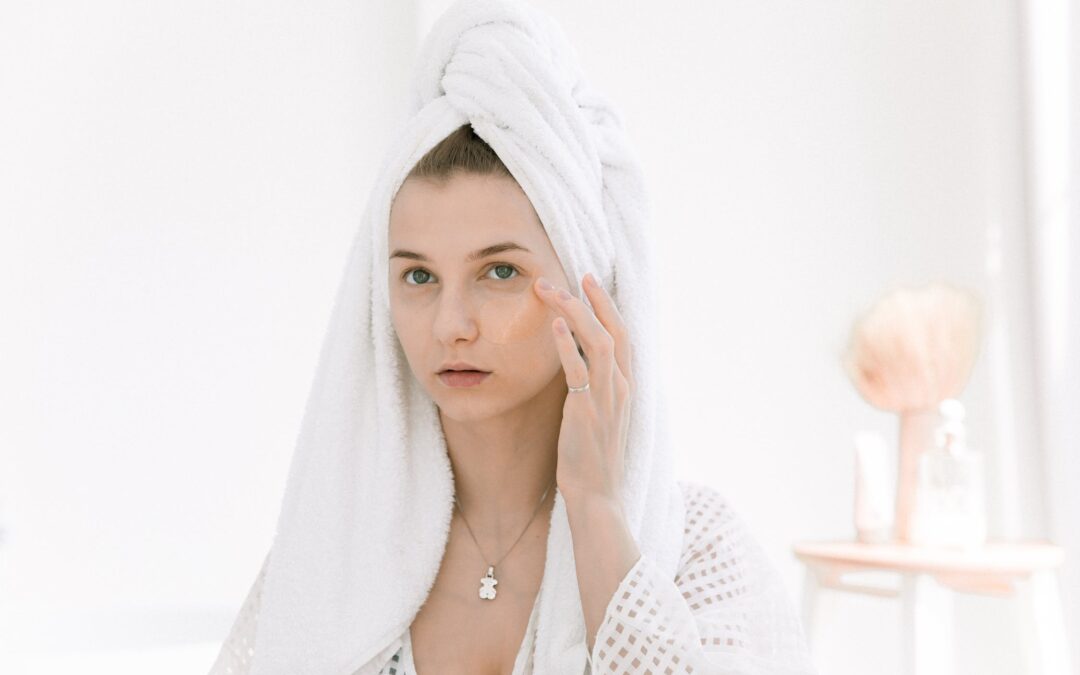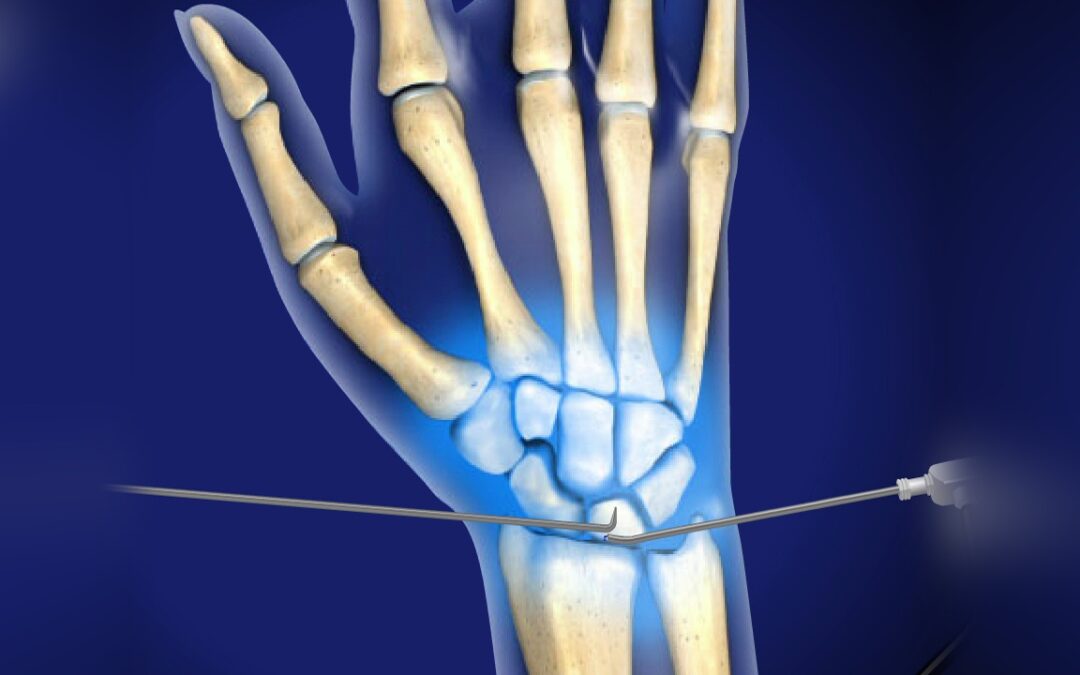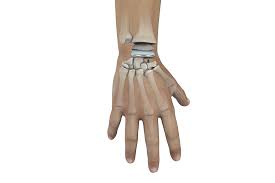Upper Eyelid Blepharoplasty
Upper eyelid blepharoplasty is a surgical procedure that can be used to remove excess skin, fat, and muscle from the upper eyelids. It can be used to reduce the appearance of drooping eyelids, and it can also be used to make the eyes appear larger and more youthful.
Who is a good candidate for upper eyelid blepharoplasty?
Upper eyelid blepharoplasty is a good option for people who are unhappy with the appearance of their upper eyelids, or who have drooping eyelids that are causing them to look tired or sad. It is also a good option for people who have had previous upper eyelid blepharoplasties that they are not happy with.
What are the risks of upper eyelid blepharoplasty?
All surgery carries some risks, including:
- Bleeding
- Infection
- Numbness or tingling in the eyelids
- Scarring
What happens during upper eyelid blepharoplasty?
Upper eyelid blepharoplasty is usually performed under local anaesthesia. Mr Jabir will choose the technique most appropriate to your situation in discussion with you during your consultation, but in general, it involves making incisions in the crease of the upper eyelids, and then removing the excess skin, fat, and muscle. The incisions will then be stitched closed.
How long does upper eyelid blepharoplasty take?
Upper eyelid blepharoplasty typically takes 1-2 hours and you can go home the same day after surgery.
What is the recovery time for upper eyelid blepharoplasty?
The recovery time for upper eyelid blepharoplasty is typically 1-2 weeks. You will also need to avoid strenuous activity for at least 2 weeks.
What are the results of upper eyelid blepharoplasty?
Upper eyelid blepharoplasty can produce subtle yet dramatic results, giving you a more youthful and refreshed appearance. However, it is important to remember that no surgery is perfect, and there will always be a scar at the surgical incision site.
Here are some additional tips for patients considering upper eyelid blepharoplasty:
- Be realistic about your expectations. Upper eyelid blepharoplasty cannot completely change the appearance of your eyelids.
- Choose a board-certified plastic surgeon with experience in upper eyelid blepharoplasty.
- Ask your surgeon about their aftercare plan.
- Be prepared for a lengthy recovery period.
- Be patient with your results. It can take up to a year for your eyelids to fully heal.
Here are some frequently asked questions about upper eyelid blepharoplasty:
- Can I have upper and lower eyelid blepharoplasty at the same time? Yes, you can indeed have both the upper and lower lids done at the same time. However, if you do have them both done at the same time, be prepared for more swelling around the eyes and face and a slightly longer recovery phase.
- What is the difference between upper eyelid blepharoplasty and lower eyelid blepharoplasty? Upper eyelid blepharoplasty is a procedure that removes excess skin, fat, and muscle from the upper eyelids, while lower eyelid blepharoplasty is a procedure that removes excess skin, fat, and muscle from the lower eyelids. Upper eyelid blepharoplasty is a good option for people who are unhappy with the appearance of their upper eyelids, while lower eyelid blepharoplasty is a good option for people who are unhappy with the appearance of their lower eyelids.
